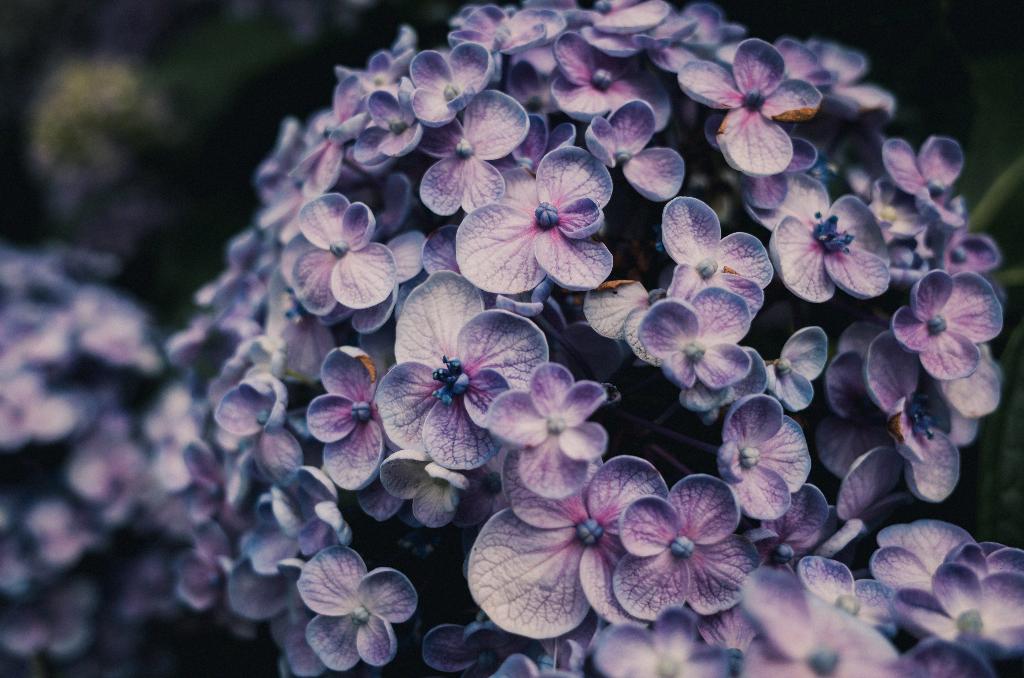Hydrangeas are popular flowering plants that can be easily propagated from cuttings to expand your garden or share with friends. While many plants root well in water, hydrangea cuttings require a different approach. If you are wondering how to propagate hydrangea successfully, follow these steps for a successful propagation process.
Begin by selecting a healthy hydrangea plant from which to take cuttings. Look for a stem that is neither too young nor too old, ideally one that is semi-hardwood. This means the stem is firm but not too woody. Using sharp, clean pruners, take a cutting that is around 5-6 inches long, making the cut just below a leaf node.
Remove the lower leaves from the cutting, leaving only a few at the top to help with photosynthesis. To encourage root growth, dip the cut end of the stem in a rooting hormone powder. While optional, rooting hormone can significantly increase the chances of successful rooting.
Prepare a well-draining propagation mix suitable for cuttings. You can use a combination of materials such as coir, sand, or peat moss to create a light and airy medium. Plant the treated end of the cutting into the soil, burying it up to the level of the bottom set of leaves. Firm the soil gently around the cutting to secure it in place.
After planting the cutting, water it thoroughly to ensure the soil is evenly moist but not waterlogged. To create a mini-greenhouse effect and maintain humidity levels, cover the cutting with a plastic bag or place it in a propagator. Keep the cutting in a warm, bright location, but out of direct sunlight to prevent wilting.
Monitor the cutting regularly for signs of growth, such as new leaves or roots emerging. Mist the cutting lightly to maintain humidity and prevent wilting. Overwatering can lead to rot, so be cautious not to water excessively. After a few weeks, you should see roots forming at the base of the cutting, indicating successful propagation.
Once the cutting has established a healthy root system, it is ready to be transplanted into a larger pot or directly into the garden. Harden off the cutting gradually by exposing it to outdoor conditions for short periods before planting it in its final location. Water the newly planted hydrangea thoroughly and keep the soil consistently moist during the establishment period.
Remember that patience is key when propagating hydrangeas. While some cuttings may root quickly, others may take longer to establish themselves. By providing the right environmental conditions and care, you can increase the chances of successful propagation and enjoy watching your new hydrangea plants thrive in your garden.

